The top 5 most effective sales techniques
A sales technique is a shortcut for getting a customer to make a purchase. After all, effective sales techniques influence the buyer’s subconscious and leave them no option but to buy the product!

We have selected the most effective selling techniques for you. Some of them can be used by the seller autonomously, whilst others require systematic work: the company needs to build communication with the client according to a special scheme. Let's start with the methods sellers can use. To learn more techniques, see the course "NLP in Sales. Powerful Psychological Techniques."
The SPIN technique
In layman's terms, the SPIN technique is about asking the potential customer the right questions. They help clarify the customer's needs, find out what kind of product they need, and encourage them to buy the right product.
For SPIN-sales there are four groups of questions. SPIN is the acronym for the first letter of each group.
- Situation. Situational questions are needed to find out the current situation of a person. For example, "What do you do when your furnace breaks down, but it's still cold inside?"
- Problem. Problematic issue questions aim at finding out more about the buyer's problem, how they solve it and how effective the solution is. For instance, "What devices do you use to heat your home? How effective are they?"
- Implication. Extractive questions are needed to emphasize that the problem brings real discomfort to the customer, and it needs to be solved. For example: "Is it cold in your house even when the furnace is working full blast? Does this make you feel uncomfortable?"
- Need. Payoff guiding questions are rhetorical questions that aim to encourage the customer to buy the product. For instance, "Do you think purchasing a good heating system could warm up your house?"
The AIS technique

The AIS technique rests on the salesperson's ability to ask the right questions, but also the seller's skills and personality play an important role. There are three things that a salesperson must do in AIS:
- Attract attention. Attracting the customer's attention is the most challenging step if the salesperson works with "cold" customers. In this case, it is necessary to use question-hooks that capture the customer's attention and evoke interest in the potential buyer. An example of such a hook is, "Do you want to live without joint pain?"
- Interest. In this step, the salesperson shows the buyer the uniqueness of the company's solution.
- Sell. In this step, it is imperative to encourage the customer to buy if they do not take the initiative. It is also necessary to organize support for the product in terms of its delivery and warranty.
Lectera’s Online Courses by topic
The FAB technique (FAB)

The advantage of this technique is that you can prepare for its application in advance. If SPIN sales require individual work with the client, then FAB allows you to assimilate your knowledge of the product and use it in different situations.
Using FAB, a salesperson has to learn how to turn a product's characteristics into benefits for the customer. Therefore, it's no surprise that FAB stands for:
- Features;
- Advantages;
- Benefits.
Sellers can practice using FAB at home by simply writing out a product's features on paper and turning them into benefits. It will be enough to learn them and then cleverly insert them into a conversation with the customer. For example:
- Characteristic: the marker is red.
- Benefit: The marker marks are eye-catching.
- Benefit: Marker papers are easy to find on your desk.
AIDA, or the sales funnel

It isn't enough for a single seller to work on this technique. Now, to build long-term and lasting relationships with the client, the approach to interaction should be comprehensive.
AIDA is an acronym that stands for:
- Attention. The first step is to attract the customer's attention. Usually, this task is solved not by the seller - but by the marketer. They create the company's brand and decide on the promotion strategies for social media. On the internet, there is very little time for this stage - only a few seconds. If you do not attract the potential buyer's attention, they will simply move on to another page and not buy the product.
- Interest. On the second step, the company has a little more time - about thirty seconds. During this time, you need to convince the potential customer that they won't be wasting their time by getting acquainted with the company's proposal in more detail. At this stage, it is essential to talk about the benefits the client will receive briefly.
- Desire (desire). You can guarantee that by the third stage, the customer will interact with the salesperson (the salesperson may engage in communication with the buyer earlier, but not later). Ideally, the customer should be willing to interact with the product, hold it in their hands, taste it, etc.
- Action. At this stage, the customer makes a preliminary order and pays for part or all of the purchase.
AIDA is often used on the internet because it does not require individual work with each customer, but it can significantly increase the number of interested potential buyers.
Conceptual sales

For this type of sales, the work of a company's analytical department is vital. In this case, the client does not buy a single solution to a problem, but a complex one: the purchase should solve the client's current pain and save them from similar future issues.
In this case, the task of the seller is to explain waxing lyrically to the potential customer about the complex solution and convince them that it is much easier to prevent problems than to solve them in the future as they arise. This sales technique only works if the company has a comprehensive solution that fits a particular customer's situation.
The choice of sales technique depends on the resources available to the company or the seller. It is advantageous for the salesperson to hone one particular approach to learn how to improvise it and improve their results. A company can also either provide training to salespeople or change the sales strategy to take the business to the next level.
Lectera’s Online Courses by topic
Share this with your friends via:
Latest News
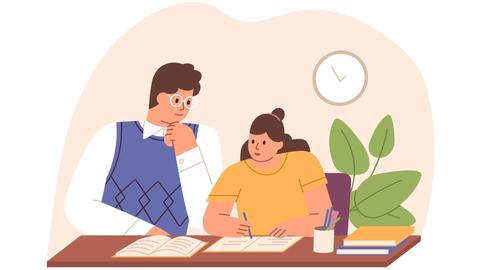
A significant stage in the development of the alternative education system has begun in West Northamptonshire in the UK: the County Council is actively calling on parents, guardians, and trustees to participate in shaping the future of this key area.

Outwoods Primary School in Atherstone, Warwickshire, having experienced deep sadness after the loss of their famous cat, Silla, has found solace in a new pet – a Maine Coon named Aloysius O’Hara.
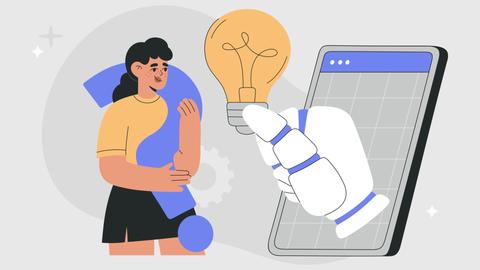
In modern universities, artificial intelligence, and in particular ChatGPT, is rapidly transforming from a controversial tool into a full-fledged student assistant.
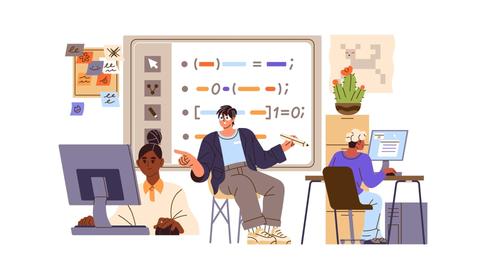
An innovative educational project is gaining momentum in UK primary schools, aiming to change attitudes towards video games.

The Massachusetts Institute of Technology (MIT) presents MIT Learn – a revolutionary online platform that opens a “new front door” to access university knowledge and resources.



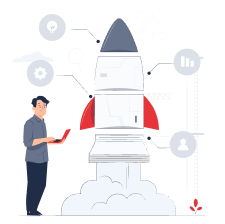







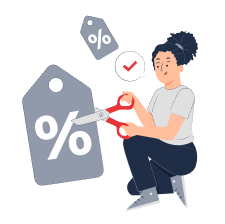
 Test. How Should You Spend the Winter Holidays?
Test. How Should You Spend the Winter Holidays?
 How the Christmas Tree Became the Symbol of the New Year: From Pagan Groves to Sparkling Ornaments
How the Christmas Tree Became the Symbol of the New Year: From Pagan Groves to Sparkling Ornaments
 How to Keep New Year’s Resolutions: A Detailed Guide to Real Change
How to Keep New Year’s Resolutions: A Detailed Guide to Real Change
 Test. What Winter Dessert Are You?
Test. What Winter Dessert Are You?
 Test: What Kind of Ancient Goddess Are You?
Test: What Kind of Ancient Goddess Are You?
 Test: Which Great Woman Would Invite You for Tea?
Test: Which Great Woman Would Invite You for Tea?

